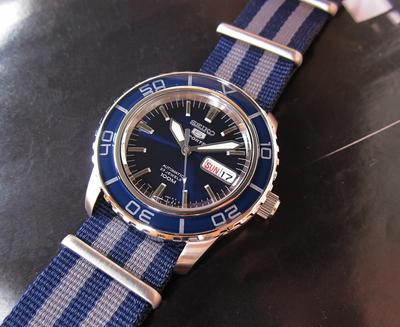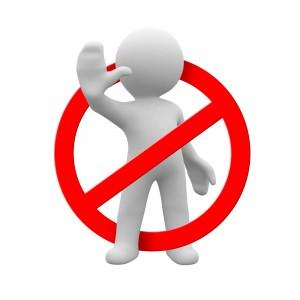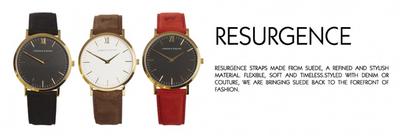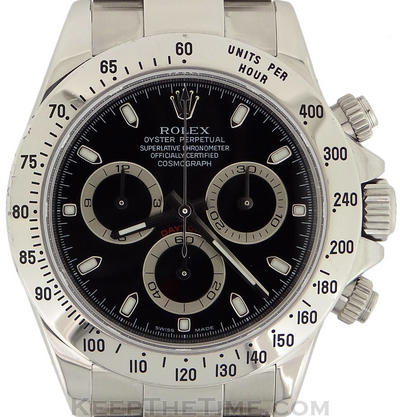A quick word on blocking ads

It looks like you are using an ad blocker. That's okay. Who doesn't? But without advertising revenue, we can't keep making this site awesome. Click the link below for instructions on disabling adblock.
Welcome to the Newschoolers forums! You may read the forums as a guest, however you must be a registered member to post. Register to become a member today!
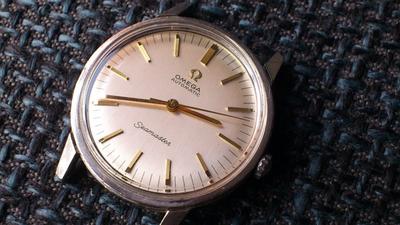
I wear a suit to work everyday also and I wear a Skagen watch. I LOVE it. Super slim so it never gets caught on my shirt. I actually have an all black one that I wear and with a black suit I think it looks tits. Plus it's I can wear it on the weekend with more casual clothes. But they do have a few others that im looking into getting soon. They have a nice variety that can match lots of different occacions. here is mine and I get compliments all the time on it and I picked it up for like $150 at macys
